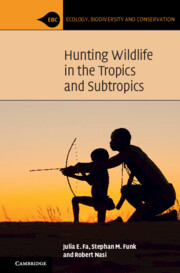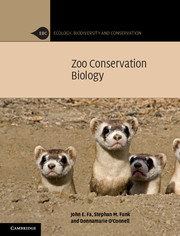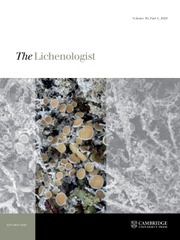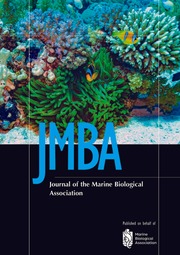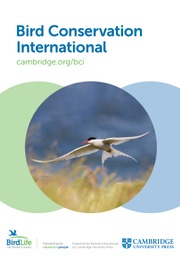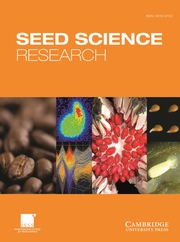Hunting Wildlife in the Tropics and Subtropics
The hunting of wild animals for their meat has been a crucial activity in the evolution of humans. It continues to be an essential source of food and a generator of income for millions of Indigenous and rural communities worldwide. Conservationists rightly fear that excessive hunting of many animal species will cause their demise, as has already happened throughout the Anthropocene. Many species of large mammals and birds have been decimated or annihilated due to overhunting by humans. If such pressures continue, many other species will meet the same fate. Equally, if the use of wildlife resources is to continue by those who depend on it, sustainable practices must be implemented. These communities need to remain or become custodians of the wildlife resources within their lands, for their own well-being as well as for biodiversity in general. This title is also available via Open Access on Cambridge Core.
- Provides the most up-to-date and exhaustive assessment of the hunting of wildlife for food
- Includes summaries on all the major aspects related to the wild meat (bushmeat) trade and what needs to be done in the future to ensure that it can be made sustainable and not further decimate already fragile wildlife populations
- Relates to what is undoubtedly one of the major issues affecting biodiversity worldwide – the overexploitation of wildlife
- This book is also available as Open Access
Product details
August 2022Adobe eBook Reader
9781009302586
0 pages
This ISBN is for an eBook version which is distributed on our behalf by a third party.
Table of Contents
- 1. Eating wild animals
- 2. The backdrop
- 3. How human hunters hunt
- 4. Hunting optimally
- 5. Estimating sustainability
- 6. Use and overuse
- 7. Wild meat and zoonotic diseases
- 8. Closing the gap.

